Explore Our Top AI Programs
No courses found for "Most Popular"
Try selecting a different category
Why has AI Adoption become a necessity?
95% of organizations say AI skills are now essential for career success
of professionals feel confident using AI at work.
That's your edge if you start now.
of all work hours could be automated by 2030.
Your job will evolve or disappear; if your skills don't.
higher salary for professionals with AI skills.
AI is no longer just a tech skill, it's a career multiplier.
of business leaders say AI literacy is the fastest-growing skill their workforce needs.
They're hiring for it. The question is - are you ready?
of today's job skills will change within five years.
Learning once isn't enough anymore.
Based on industry research reports
AI skills are now the difference between staying ahead and getting replaced
Events
Explore our latest events, workshops, and webinars. Join us to connect, learn, and grow with industry experts and peers.
Transforming careers through AI & data training
Through comprehensive AI and data training programs, we've helped thousands of professionals master AI/ML, data analytics, Python, and cloud technologies, transforming their careers with cutting-edge AI expertise.
Read the full story
Datavalley.ai news
Corporate Training
Ready to Upgrade Your Team AI & Data Skills?
Datavalley.ai offers world-class corporate training programs designed for young professionals seeking to advance their careers. Our comprehensive curriculum includes live interactive sessions, real-world project experience, and industry-recognized certifications in Data Science, AI, and Machine Learning.
Affiliate Program
Join Our Education Network
Datavalley.ai offers comprehensive affiliate opportunities for education professionals and industry experts. Join our network to promote our world-class Data Science, AI, and Machine Learning programs. Help students access our live classes, hands-on projects, and industry certifications.
Technologies & Tools


.avif&w=256&q=100)
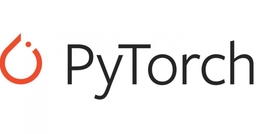
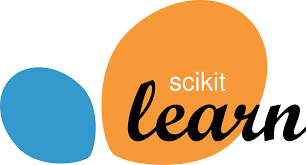
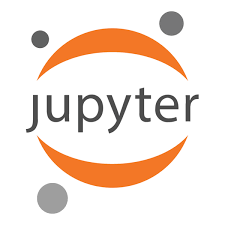





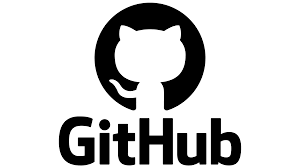


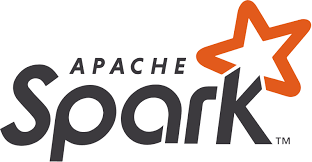
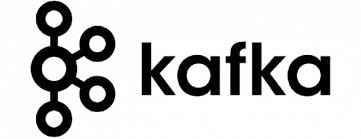
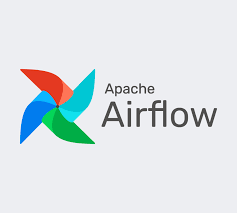





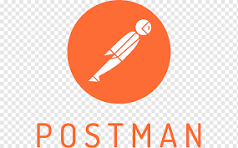
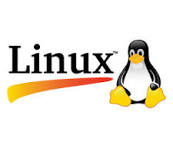



.avif&w=256&q=100)






















The Datavalley Story
Since 2020, we have shaped and pioneered the edtech sector. Today, we have evolved into the essential, educational backbone for our students, still at the forefront of AI and Data Science education.
READ MORE ABOUT US
Let's get you to the right place

Self-Paced AI Learning
Learn AI at your own pace with our comprehensive online AI courses, hands-on AI projects, and real-world AI labs

Live AI Instructor-Led Training
Join our scheduled live AI sessions with expert AI instructors, interactive discussions, and peer learning

Corporate AI Training Solutions
Tailored AI training programs designed specifically for your organization's AI needs and delivered exclusively to your teams
Join a company where
learning transforms lives
We're Datavalley.ai, a leading edtech platform that helps professionals upskill their careers with world-class pedagogy, 24x7 support, and hands-on learning. Here, we've created a community where 25,000+ active students learn from industry experts and achieve their dream jobs at top companies like Amazon, Apple, and Deloitte.
EXPLORE COURSES AT DATAVALLEY
Everything you're wondering about
Ready To TransformHow Your Teams Learn?
Unlock learning subscription with live classes for digital skills

















































